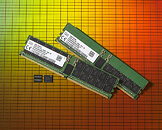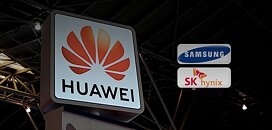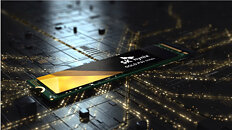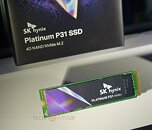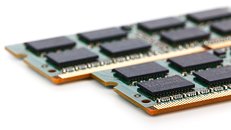
SK hynix Inc. Reports Third Quarter 2021 Results
SK hynix Inc. (or 'the Company', www.skhynix.com) today announced financial results for its third quarter 2021 ended on September 30, 2021. The consolidated revenue of the third quarter 2021 was 11.805 trillion won, while the operating profit amounted to 4.172 trillion won and the net income 3.315 trillion won. Operating margin for the quarter was 35% and net margin was 28%.
SK hynix achieved record high quarterly revenue since its foundation, and regained operating profit more than 4 trillion won after two and a half years since the fourth quarter of 2018. The increased semiconductor memory demand for server and smartphone (mobile) applications, alongside the improved product prices, contributed to the Company's record-breaking quarterly revenue.
SK hynix achieved record high quarterly revenue since its foundation, and regained operating profit more than 4 trillion won after two and a half years since the fourth quarter of 2018. The increased semiconductor memory demand for server and smartphone (mobile) applications, alongside the improved product prices, contributed to the Company's record-breaking quarterly revenue.













